The hilly, forested tracts running along the Western coast of Maharashtra and Gujarat are home to the Warli tribe, widely known in India for their elemental folk art. The cultural fabric of the community is woven around the nucleus of animism, the symbolic importance of which is evident in Warli art.

The tribe practices rituals of placation and propitiation to pay homage to the abundant spirits of the forest, all of which have been assigned positive or negative characteristics. For instance, the vighna devis are evil spirits of nature personified as decrepit women bringing disease and destruction in their wake. In order to rectify these unfortunate circumstances, placative rituals must be carried out via prescribed sacred methods. The Bhagat is the wise man of the community and plays the dual role of priest and medic. He is the guardian, mediator and conveyor of Warli spirituality, and is therefore in charge of conducting religious ceremonies.
The Bhagat is essentially a bhakta or devotee whose piety is rewarded with gifts from god such as the knowledge of medicine. The cultural reservoir of the Warli people relies heavily on the priest’s knowledge of the khandas (chants), his ability to treat the ill, as well as to oversee the bequeathing of heritage onto future generations. For a tribe that exists on the margins of a society notorious for exacting a policy of “assimilate, or be subsumed”, the rearmost responsibility of the Bhagat is arguably most pertinent in this day and age.
Since the religious mores of Warli culture draw from mythology embedded in the world of spirits, the theme of possession is not alien to people belonging to the tribe. Interestingly, the act does not necessarily have a solely negative connotation. While it is true that evil spirits are said to possess certain community members, it so happens that the Bhagat may sometimes act as a vessel for good deities. These deities speak through him in order to aid the community in warding off calamities. The good spirits are believed to be hidden in nature, which reveals the dynamic between the Warli and ecosystem as one of mutual understanding and respect.
This is also exemplified in their attitude towards calamities that strike their villages. Sociological markers indicate that in the allegorical fold of Warli life, human agency does indeed affect the spirit world. The tribe believes that all occurring tragedies are a direct result of the ill-will of evil spirits. They have been angered by human action and need to be placated so as to revoke the curse. The Warli do not blame nature for their misfortune. Instead, they give thanks to the natural bounty bestowed upon them, and willingly hold themselves accountable in case of mishaps.
A particularly fascinating relationship exists between the Warli people and the apex predator of the jungles surrounding them. The community worships a deity called the Wagh devta, a wild feline characterised as a leopard or tiger god – sources differ. The tribe lives in close proximity to wooded areas, and so, it is not unusual for them to encounter these jungle cats while carrying out daily tasks. Moreover, with deforestation occurring at an alarming rate in certain areas, it is inevitable that wild animals will be driven to rural and even urban settlements in search of food and shelter. Instead of attempting to capture, subjugate or drive away the leopard or tiger, the Warli community worships the feline as a deity. They do this so that the god protects them, and does not prey on their cattle.

The Waghdev or Waghoba acts as a guardian figure, protecting the homes of the devotees and thereby playing a central role in Warli iconography. The festival of Waghbaras – during which the worshippers pray through the night – is wholly dedicated to the leopard god. People ask him for refuge against harm, and even repeat his name before travelling into the forest. During all ceremonies and celebrations, Waghoba is invoked and is the first deity that receives worship. All weddings must be blessed by Wagh devta as without his permission, sacred rites cannot be performed. His approval – along with that of every natural element – is sought so that the revelry of the night can continue without interruption for fear of unprecedented leopard sightings, rainstorms, climatic disorders and so on.
Waghbaras also marks new beginnings in the cultural calendar of the tribe. The festival takes place directly after Diwali and signals the beginning of endeavours such as the construction of new homes, sending out marriage proposals, inauguration of local markets, consumption of certain vegetables and so on.
The enduring significance of Waghoba’s role in Warli imagination is perfectly captured by Prakash Bhoir’s invocation of the deity in the tussle over the Aarey forest. Over the past few years, the forested Aarey land in Mumbai has been at the heart of a heated battle between conservationists, activists and Mumbaikars on the one hand, and the Maharashtra government on the other. Mass protestors had taken to the streets upon learning about the government’s intention of assuming control of the forest to build a metro car shed project. Amongst the protestors was Warli artist and activist Prakash Bhoir, who composed a mutinous song invoking the leopard in the protest against deforestation.
The incident at Aarey is not isolated by any means, as a similar situation has been festering for six years at Dahanu taluka in Palghar. The Mumbai-Ahmedabad High Speed Rail project is a bullet train infrastructure designed to travel through areas of Gujarat and Maharashtra, causing large-scale displacement of tribal communities. Some of the villages facing this threat have already been displaced previously due to the construction of a dam. The Warli community has been protesting the high-budget project as they stand to lose valuable farmland and livelihood as a direct result of the bullet train. Moreover, the initiative also endangers forest cover that is extremely sacred to the Warli tribe. Looking at Bhoir’s song in light of these incidents, we can conclude that the call for protection hints at an underlying helplessness often experienced by communities with intrinsic ties to the ecosphere. The song asks the deity for help precisely because the dire threat to the environment seems to require divine intervention. Reading between the lines reveals an urgent truth – nature itself needs to come to its own defence; it is the Warli who will rally the spirits against intrusive mechanisms.
Writer's Note:
In an unfortunate turn of events, former Maharashtra Chief Minister Uddhav Thackeray’s decision to allocate the Aarey Milk Colony as a reserve forest has recently been reversed. In his very first cabinet meeting, Deputy Chief Minister Devendra Fadnavis has moved forward with his resolution to build the metro car shed on the Aarey land. This decision not only endangers the ecosystem of Mumbai, but also negates the Herculean efforts put in by protesters. It renders them invisible. In times like these, it is crucial to recall and repeat the words to Bhoir’s chant, lest it is silenced tomorrow:
Wagh deva jungle vachava yela tu dhav re
Udvasta zale jeevan, pakshanchi tutali gharti
Geli amchi shetti, haravli natti gotti
Hi natti vachava yela tu dhav re
Amchi sheti vachava yela tu dhav re
References
- https://books.google.co.in/books?hl=en&lr=&id=j465_rJGwSkC&oi=fnd&pg=PA5&dq=warli+tribal+culture&ots=Qvxqsi26Op&sig=0_-EgEmlVTvCyVmZjoNTvuQ-Z0w&redir_esc=y#v=onepage&q&f=false
- https://ijsw.tiss.edu/greenstone/collect/ijsw/index/assoc/HASH01ae/cb19f8f5.dir/doc.pdf
- https://www.undp.org/india/publications/reviving-warli-art
- https://indianexpress.com/article/india/set-to-lose-land-to-bullet-train-tribals-protest-in-mumbai/
- https://lifestyle.livemint.com/smart-living/environment/the-warlis-and-waghoba-a-tale-of-tradition-and-coexistence-111628672569630.html
- https://thinkindiaquarterly.org/index.php/think-india/article/view/15424/10561
- https://www.jstor.org/stable/4410060?read-now=1&seq=1
- https://www.homesciencejournal.com/archives/2017/vol3issue3/PartF/3-3-70-220.pdf
- https://www.jetir.org/view?paper=JETIR2008358
- https://www.academia.edu/4374449/Changing_Dimensions_of_Warli_Painting
- https://www.hindustantimes.com/cities/mumbai-news/devendra-fadnavis-orders-shifting-of-metro-car-shed-project-back-to-aarey-colony-101656616813023.html













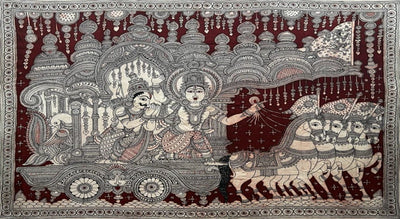

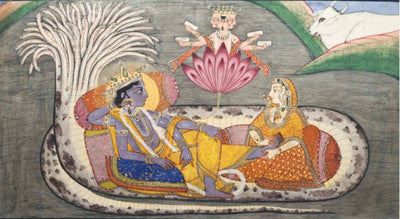
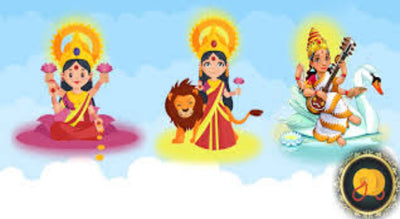
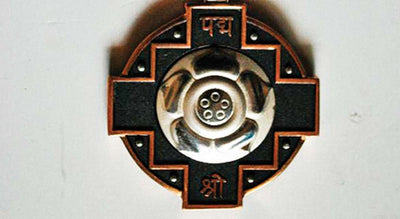

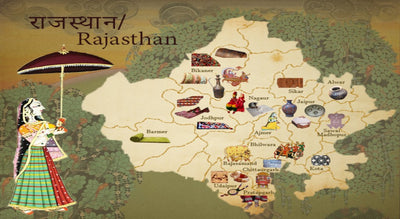
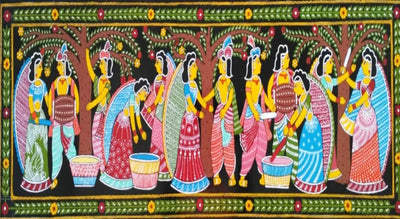
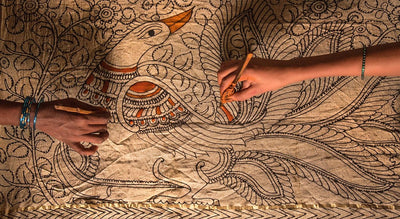

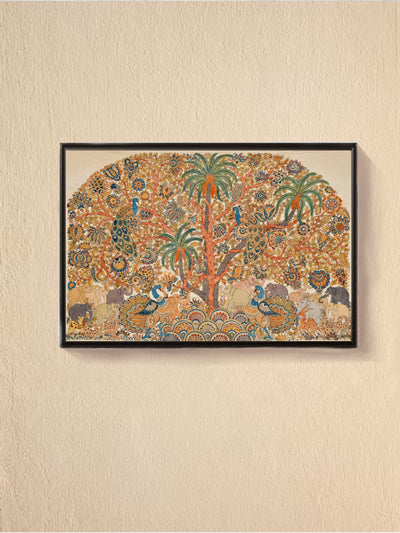







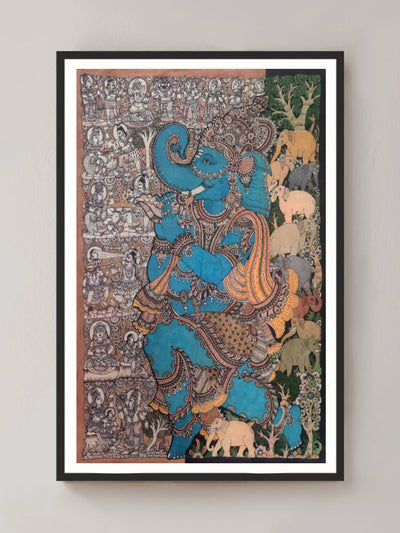








It is my first visit to your blog, and I am very impressed with the articles that you serve. Give adequate knowledge for me. Thank you for sharing useful material. I will be back for the more great post.
http://ipsnews.net/business/2023/01/24/abdomax-reviewsingredients-that-impacts-digestion/